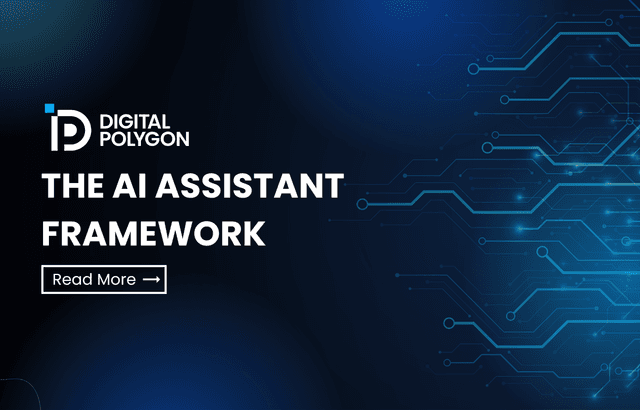Industry Indicators
While LLMs may be a fairly new technology, they’ve already established themselves as the pinch-hitter. In a quickly evolving ecosystem where everyone is using AI, the real value is shifting away from high-volume content generation to velocity and governance. If you want AI to deliver better business outcomes, such as improved sales cycles, accurate CRM data, and higher conversion rates, it’s time to shift the way we treat AI.
From Intern to Assistant: Turning AI into a Team Member
Think of current AI models like smart, eager interns: they can help you research faster, draft smarter, and move through your to-do list with more momentum. Like any good assistant, however, AI output is only as good as the input.
When considering AI applications for business sales and operations use cases, the opportunities are tremendous. However, successful implementation requires moving away from the traditional “AI for drafting, humans for everything else” approach that creates unnecessary bottlenecks and adopting a framework that methodically shifts the technology from cost center to predictable revenue driver.
The following are steps we’ve seen clients successfully implement to gain traction and see measurable business results with AI:
1. Direction matters more than the tool.
AI doesn’t read minds—it follows your lead.
Vague prompts generate generic results and can require significant edits to create an output that aligns with brand messaging, product positioning, and audience relevance.
The best results come when you’re clear about what you want. If you want messaging that reflects your brand voice or a ready-to-send estimate draft, you have to give your AI assistant context and constraints before giving the task.
- Intern level prompt: “Write a paragraph about our new service.”
- High-Value prompt: “Draft a 120-word executive summary of [product name], launching in Q4 product. This will be distributed in our next client-facing newsletter. The tone must be firm yet friendly, targeted toward mid-market CIOs, and include a clear, measurable CTA to the product page.”
2. The 30% Rule of AI and Owning the Output
For most tasks, an AI assistant can get you 70% of the way to your final output. But the remaining 30% is what makes the final product yours. This is where your expertise, voice, standards for excellence, and brand identity need to be added to create the experience your end user expects. Without this review, you’re risking brand reputation and trust.
Your 30% Share
Consider this your checklist for owning the output:
- ALWAYS Fact Check: AI hallucinations are real. If your content has statistics, references outside links, or describes products, build time into your review to verify accuracy.
- Check for Tone and Voice: Your brand is built on tone, messaging, and voice- all of which impact how your organization positions its products and services. Read through any copy and confirm it aligns with established brand guidelines.
- AI Usage Compliance: At this point, most organizations have published responsible AI usage policies. Ensure compliance with org and industry-specific standards and disclaimers before publishing.
Ultimately, successfully integrating AI isn’t a question of how fast the tool can write or develop. It’s about asking whether your team is enabled to edit, validate, and implement the output.
3. Structuring for Discoverability: The AEO Handoff
The most successful companies we work with use AI and AI assistants to accelerate ideation, simplify research, and systematize tasks they already understand. They’re not handing over strategy to AI engines - they’re connecting AI outputs to the execution channels more efficiently and proactively.
One component that is quickly shifting the way execution is handled is answer engine optimization, or AEO. Unlike traditional search engine optimization (SEO), where businesses jockey for the top spot on a search engine results page, AEO answers the conversational search and queries users are asking AI tools.
This shift from search to answer means that businesses are now optimizing for humans, search, and AI. To stay ahead of the pack, start with automated schema markup. Schema is structured data that explicitly tells search engines and now AI models what the content is about, making it discoverable for queries and citations. To streamline this process, append AI prompts to include schema discovery and development.
Bottom Line: Less Cosplaying, More Accelerating
AI will not run your business. But it can take on the role of high-powered assistant and make your operations faster, your marketing sharper, and your team more productive—if you set it up right and stay in the loop. To make the most of this game-changing technology, you need to integrate processes and operational discipline that standardize output and empower your team to efficiently review and execute.
Accelerate with AI
Move beyond AI drafts and tedious iteration into smarter prompts and building predictable outcomes. Schedule a strategy session with the experts at Digital Polygon and explore opportunities to build better.

